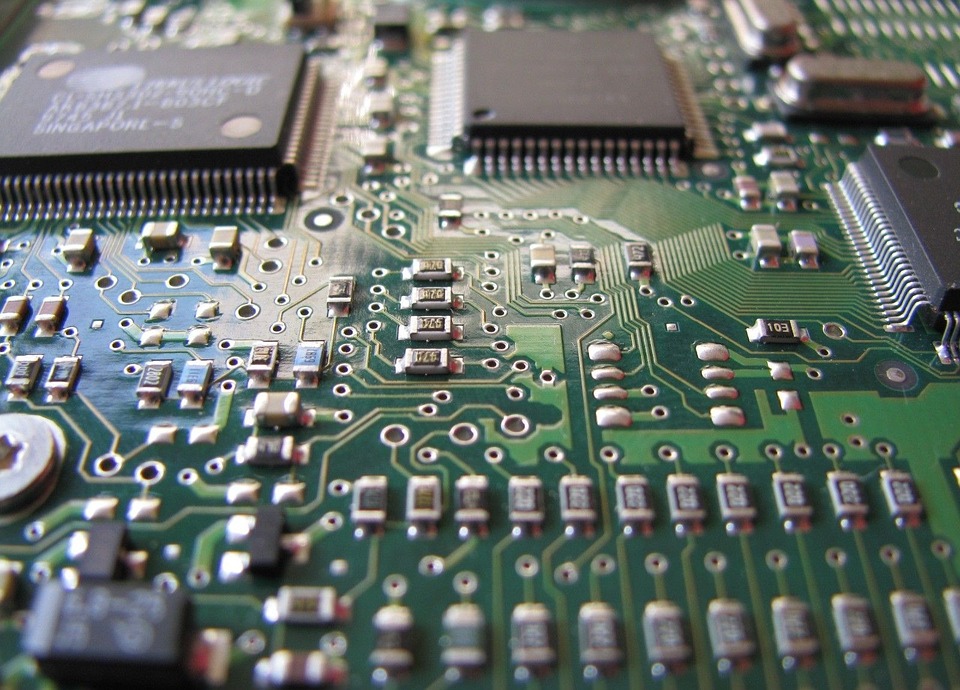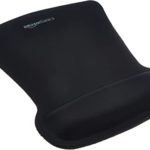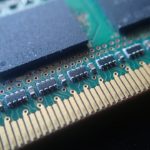A fried motherboard is a computer problem that can be caused by a number of things. It is important to know how it happens and what the symptoms are so you can avoid the issue.
Motherboards designed for personal computers don’t usually break down due to regular use, but when they do, figuring out what’s causing it may be difficult. This is in part owing to the fact that there are frequently no obvious physical faults.
Table of Contents
Common Causes of a Fried Motherboard

A fried motherboard could happen because of static shock, power surges, short circuits, a part failure, or overheating. You may experience slowness while using your laptop or desktop computer, frequent crashes, and errors, inability to print documents, or problems with Windows updates due to a fried motherboard.
Other factors, such as a malfunctioning water heater or a clogged drain, might also contribute to the failure of your hot tub.
Static shock
Static causes most computer problems. Static can be generated whenever two objects that are not insulated touch each other.
It happens when you arrive home, drag your feet on the carpet (even with rubber-soled shoes), then reach for the doorknob to open the door.
The sudden discharge of static electricity can destroy microchips, which are small electronic circuits built onto a tiny silicon chip smaller than your fingernail.
Power surges
A fried motherboard is usually caused by power surges. A power surge can be caused by any number of things, including lightning, problems with the electricity supply, or turning on an appliance that draws too much current.
Power surges can also be caused when there is a small accident that involves another electric device, like iron or hairdryer. When this happens it often leaves behind enough of the residue from the burnt-out electronic components to cause future problems in your computer. During an electrical storm, you should avoid using your computer at all costs.
Short-circuiting
Another common cause of a fried motherboard is short-circuiting. This happens when something falls into your computer tower or laptop and makes contact with two different parts of the machine that are meant to be at different voltage levels. For example, if you spilled water onto your computer and it fell right onto your motherboard, short-circuiting will happen. This is dangerous because the current that runs through the circuits on a motherboard can be very high!
A part failure
A fried motherboard is often caused by a part failure. No matter the cause, you’ll need to replace this part in order for your computer to function properly again.
Motherboards with poorer construction are more prone to fail. Because faulty capacitors can cause problems on boards that are not well-built, they may be more expensive.
The components inside a computer’s mainboard can fail, resulting in a variety of symptoms that include noise, overheating, and degrading performance. Corrosion is one example of this kind of damage. When the capacitors on a motherboard begin to leak or bulge, they may actually be visible. Mismatched motherboards can produce undesirable results as well.
Many small, delicate parts are packed into the board, and mishandling it might bend or break them. To prevent contact with its components, a motherboard should always be carried and handled by its edges.
Overheating
Another thing that could cause a fried motherboard is overheating or heat issues. If you leave your computer tower sitting somewhere and it gets really hot, like under a bright light or near a heater vent, it will cause problems with the internal components, including those on your motherboard. It is important to make sure that your tower has good airflow and ventilation so this doesn’t happen too often!
If you have been experiencing any of these symptoms recently – slow performance, frequent crashes, errors while using Windows, or not being able to print – please contact your local electronics store for further assistance.



